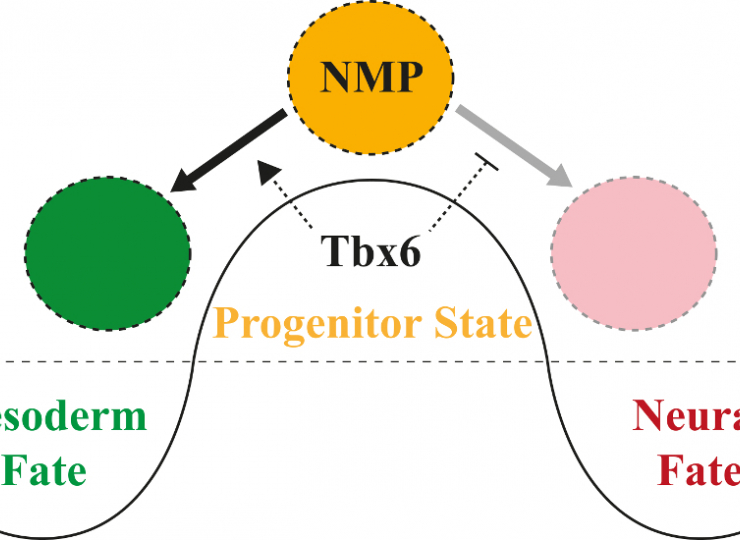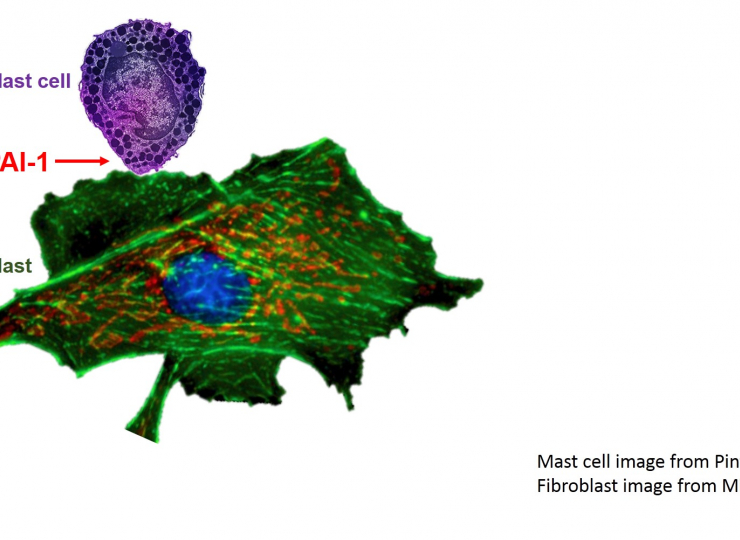By Anusha Krishnan
In a petri dish, a collection of immune cells known as Tregs are being starved. In about 6 hours, a process known as autophagy (auto – “self”, phagos – “eating”) sets in – the cells are beginning to cannibalise themselves to stay alive.
Tregs or regulatory T-cells act as watchmen of the immune system. Their task is to dampen immune responses after the fight against an infection is over. In their role as watchmen, Tregs often face harsh conditions such as starvation. For survival and continued function, these cells resort to autophagy, a highly regulated process that can recycle non-essential portions of a starving cell to generate energy.
Scientists from National Centre for Biological Sciences (NCBS) and the Institute for Stem Cell Biology and Regenerative Medicine (inStem), Bangalore, have identified the well-known signalling molecule, Notch-1 – primarily involved in development – to be essential for autophagy onset in Tregs. Researchers have demonstrated that the Tregs need Notch-1 to trigger autophagy at just the right time to survive starvation and carry out their policing duties.
Notch-1 is a receptor on the outer membrane of cells and an important part of the Notch-signalling pathway involved in the development of T-cells. Notch-signalling also plays a role in other critical processes such as the formation of nerve cells, blood vessels, and the pancreas. Faulty notch-signalling is also implicated in many cancers, and diseases such as multiple sclerosis.
In Apurva Sarin’s laboratory at inStem, the role of Notch signalling in mammalian cells has been the subject of intense investigation. Now, in a new study published in the journal eLife, Nimi Marcel from Sarin’s group outlines a distinctly different role for Notch-1 in mature Tregs – Notch-1 promotes survival during starvation.
“Until now, most work on Notch-1 focussed on how it regulates a cell’s fate – what a cell will develop into. The really unique part of our recent study is that we describe a post-developmental role for Notch-1 in mature cells,” says Marcel.
In a study published in 2012, Sarin’s group had demonstrated that the Notch receptor helps Tregs survive nutrient scarcity. The study established that unlike conventional forms of Notch signalling that involve the nucleus, this function of Notch was different – it was non-nuclear. However, the investigation did not how notch signalling helped Tregs survive starvation.
In their latest work, Marcel and Sarin investigated Notch-1 mediated signalling in mature and starving Tregs. When these Tregs, isolated from mice, are grown in petri plates and deprived of nutrition, Notch-1 is essential to trigger autophagy at the right time. Their experiments also established that Notch signalling and autophagy were critical for the integrity and function of mitochondria – the energy producing units or power-houses – in these cells. Without the Notch-1 signalling and autophagy, Tregs do not survive starvation.
“Another distinctive result in our work is the connection that we establish between autophagy and Notch-1 signalling. Both are very old, evolutionarily conserved pathways, and to my knowledge, this is the first time a link has been found between the two,” says Marcel.
Further experiments have also found that the Notch-1 receptor is vital for Tregs to function properly in mice. Animals born lacking this receptor in Tregs quickly develop inflammations in response to even minor irritations. Such mice also showed signs of developing autoimmune disorders.
Based on their observations on Tregs, Marcel and Sarin are also trying to detect the existence of the Notch-1 signalling and autophagy nexus in other cells. Future work is going to focus on trying to find the precise steps by which Notch-1 controls autophagy, as well as to investigate how wide-spread the phenomenon is.
“We would like to understand if these interactions are restricted to specialized cells of the immune system or describe broad principles that operate in a wider context,” explains Marcel.
The work described here was published in a paper titled “Notch1 regulated autophagy controls survival and suppressor activity of activated murine T-regulatory cells” in the journal eLife in June 2015. The paper can be accessed here: https://elifesciences.org/content/5/e14023











